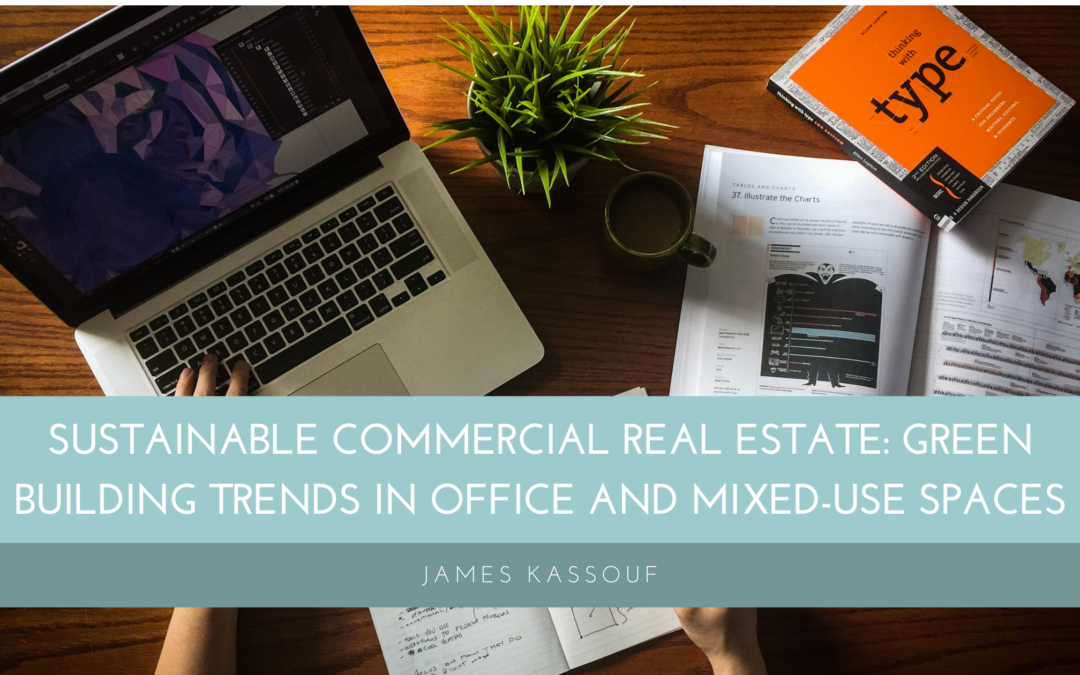Commercial real estate is significantly transforming as the global emphasis on sustainability grows. Green building trends are reshaping the landscape of office and mixed-use spaces, driven by a commitment to environmental responsibility, economic viability, and enhanced occupant well-being.
Energy Efficiency and Renewable Resources
Integrating energy-efficient systems is one of the most prominent trends in sustainable commercial real estate. Buildings are increasingly designed to optimize energy use through advanced HVAC systems, bright lighting, and high-performance insulation. Many developers also incorporate renewable energy sources, such as solar panels and wind turbines, to reduce reliance on fossil fuels. These features lower operational costs and enhance the building’s appeal to environmentally conscious tenants.
Sustainable Materials and Waste Reduction
The choice of materials plays a crucial role in sustainable building practices. Reclaimed wood, recycled metal, and low-VOC (volatile organic compound) paints are popular in new constructions. These materials reduce environmental impact and contribute to healthier indoor air quality. Additionally, many projects focus on waste reduction strategies during construction, incorporating recycling programs and utilizing prefabricated elements to minimize on-site waste.
Water Conservation and Management
Water conservation is another critical aspect of sustainable building design. Modern office and mixed-use spaces are increasingly equipped with low-flow fixtures, rainwater harvesting systems, and greywater recycling. These initiatives reduce water consumption and contribute to the resilience of urban infrastructures. Such innovations are particularly vital in areas prone to drought, ensuring that buildings contribute positively to their surrounding environments.
Biophilic Design and Well-Being
Recognizing the link between environment and well-being, many developers are embracing biophilic design principles. This approach incorporates natural elements into building designs, such as green roofs, living walls, and abundant natural light. These features enhance aesthetic appeal and improve occupant health, productivity, and overall satisfaction. As more companies prioritize employee well-being, buildings that promote a connection to nature are increasingly sought after.
Certifications and Standards
Green building certifications, such as LEED (Leadership in Energy and Environmental Design) and BREEAM (Building Research Establishment Environmental Assessment Method), are becoming essential benchmarks for commercial real estate. These certifications provide credibility and attract tenants willing to pay a premium for sustainable spaces. As regulations become stricter and market demands evolve, green practices are now optional but necessary for success in the commercial real estate sector.
In conclusion, the shift towards sustainable commercial real estate reflects a broader commitment to creating healthier, more efficient, and environmentally responsible spaces. As trends continue to evolve, integrating green building practices will play a pivotal role in shaping the future of office and mixed-use environments.

